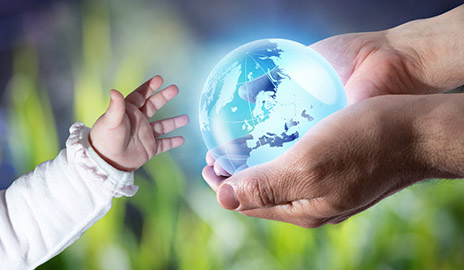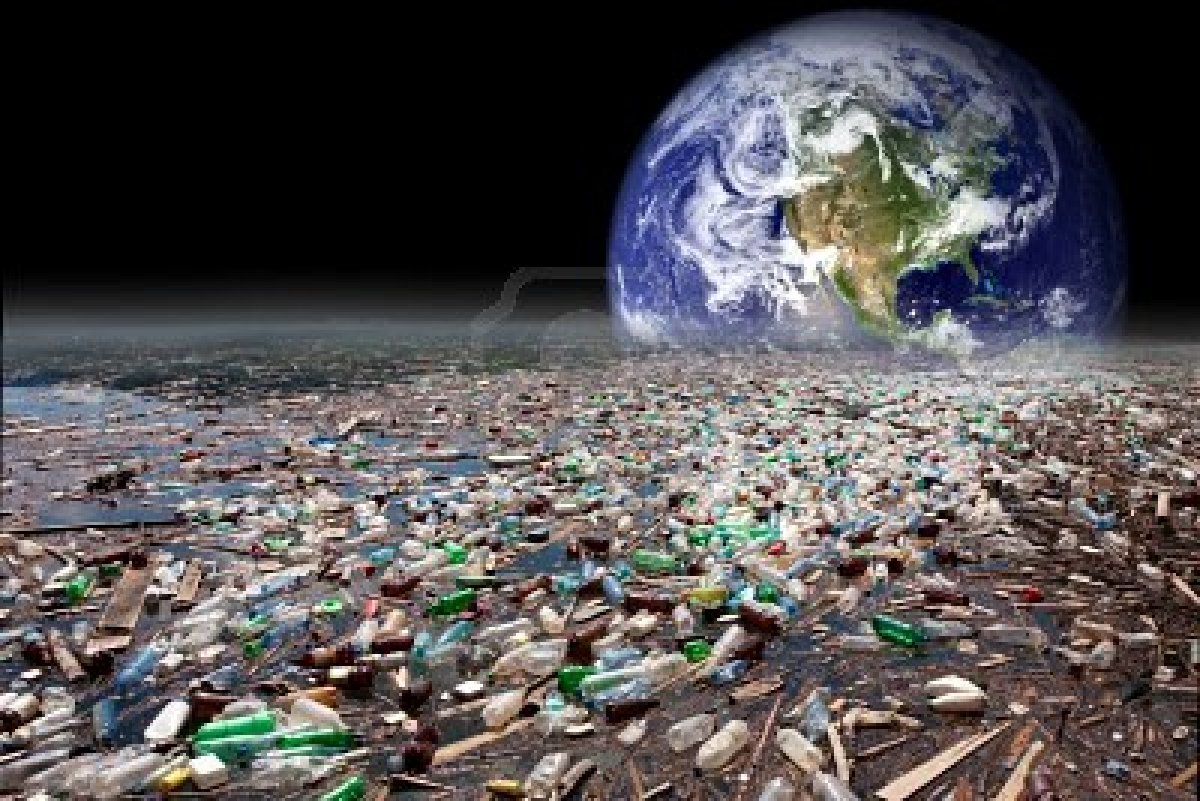
Founded in 2013 by Boyan Slat, an 18-year-old from the Netherlands, The Ocean Cleanup has been dubbed “the largest cleanup in history.”

Boston just became Massachusetts’, 60th town to pass a ban on plastic bags.

The rural town of Penzance in UK has been working extremely hard to rid its beaches and streets of single-use plastics and nearly one hundred other communities around the country are striving for similar status.

Struggling to process its own waste, China, the world’s largest importer of recycled goods, will no longer accept mixed plastic and paper from the rest of the world.

At the United Nations Environment Assembly in Nairobi, more than 200 nations passed a resolution to eliminate plastic pollution in our seas.

Chilean President signed a bill Wednesday that prohibits the sale of single-use plastic bags in 102 coastal villages and towns in a bid to stop the build-up of ocean plastic.

An estimated 3400 ‘throwaway’ bottles are produced by Coca-cola every second, according Greenpeace.

These are the companies most responsible for plastic pollution at Freedom Island according to Greenpeace: Nestlé, Unilever, PT Torabika Mayora, Universal Robina Corporation, Procter & Gamble, Nutri-Asia, Monde Nissin, Zesto, Colgate Palmolive, and Liwayway.

Tiny bits of plastic commonly come rushing out of water taps around the world, according to a new survey of 159 water samples collected from more than a dozen nations.
How Rwanda managed to ban plastic.
A 20m tower made from more that 7 000 recycled plastic bottles on a redundant communications tower beams messages of hope and trust over Johannesburg, South Africa

Scientists have calculated the total amount of plastic ever made - it’s a lot. But what’s even more disturbing is where all this plastic is ending up.

Governments must end incentives that see plastic waste shipped abroad, where it may be buried or burned, rather than being turned back into bottles at home, say industry leaders.

Vancouver is well on its way to becoming the greenest city in the world – and they are now tackling the arduous problem of harmful single-use packaging.

The researchers found out of 40,760 rivers, a mere 20 contribute two thirds of the plastic input. The Ocean Cleanup created an interactive map to help visualize the issue.